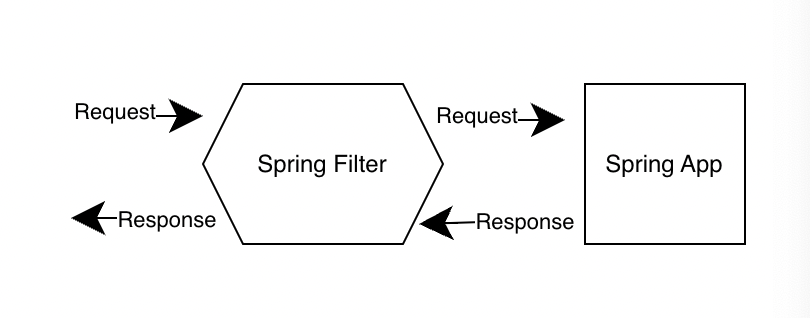Spring Boot and Quarkus are two popular Java frameworks used for building modern, cloud-native applications. While both have their strengths and weaknesses, the choice between them can significantly impact your development process. Let’s dive into a quick comparison to help you decide which framework suits your needs best.
Spring Boot
Pros:
- Mature Ecosystem: Spring Boot has been around for a while and boasts a robust, mature ecosystem with a wide range of integrations and community support.
- Comprehensive Documentation: Extensive documentation and tutorials make it easier to get started and troubleshoot issues.
- Flexibility: It provides flexibility to configure and customize components as needed.
- Wide Adoption: Used by many companies, ensuring long-term viability and support.
Cons:
- Startup Time: Typically slower startup time compared to newer frameworks like Quarkus.
- Memory Consumption: Higher memory usage, which can be a drawback in resource-constrained environments.
Quarkus
Pros:
- Fast Startup Time: Designed to optimize startup times and memory usage, making it ideal for microservices and serverless environments.
- Native Image Support: Integrates well with GraalVM for creating native executables, reducing the overhead of JVM.
- Developer Experience: Offers features like live coding and a more streamlined development process.
- Kubernetes Native: Tailored for Kubernetes, making it easier to deploy and manage in cloud-native environments.
Cons:
- Less Mature: As a newer framework, it has a smaller ecosystem and fewer integrations compared to Spring Boot.
- Learning Curve: Developers familiar with Spring might find the transition challenging due to different paradigms and tools.
Use Cases
- Spring Boot: Best suited for large, monolithic applications, enterprise-level projects, and scenarios where a mature ecosystem is essential.
- Quarkus: Ideal for microservices, serverless applications, and cloud-native environments where startup time and resource efficiency are critical.
Example Case Studies
- Spring Boot: Many enterprises and legacy systems use Spring Boot for its reliability and comprehensive feature set. Mad Devs outlines various scenarios where Spring Boot excels.
- Quarkus: Organizations focused on modern, lightweight applications have adopted Quarkus for its performance benefits. For example, Quarkus is used by companies like Lockheed Martin and Cisco Systems, as detailed on Enlyft.
Conclusion
Both Spring Boot and Quarkus offer compelling features for Java developers. Your choice should depend on your project requirements, the importance of startup time and memory usage, and the need for a mature ecosystem. For traditional enterprise applications, Spring Boot remains a strong candidate. However, if you’re venturing into cloud-native development, Quarkus offers a modern, efficient alternative.
This quick comparison should help you make an informed decision tailored to your specific development needs. Happy coding!


